I always pictured my first trip to Italy as a romantic getaway, maybe to celebrate a milestone anniversary after two children and a certain number of years of marriage.
Instead, in April — having found an unbeatable airfare — all four of us boarded a plane for Rome, making good on a plan we had hatched two years earlier to rendezvous with my husband’s sister and her family for a tour of Italy. They were coming from London with their two boys, 7 and 10. For our 8-year-old son and 10-year-old daughter, the cousins were an added bonus on an already much-anticipated vacation, laced with the promise of pizza, pasta, and gelato.
Our Airbnb was two blocks from the two-millenniums-old Pantheon, so as soon as we maneuvered our luggage up the stairs and into the apartment, we headed out to see this “temple to all gods,” where admission is free. With two days in Rome before heading off to the Amalfi Coast and points south, we hit the highlights at breakneck pace. Our goal: Eat as often as possible and leave with some sense of the Eternal City. Gelato was a requirement, and good walking shoes were a must.

St. Peter’s Basilica in Vatican City, the Vatican Museums, and the Sistine Chapel filled more than half a day, but could have filled several. The kids were thrilled to mail postcards home from inside the Vatican — which they learned in advance was not a part of Rome, but rather the smallest country in the world — and to climb to the uppermost level of the dome at St. Peter’s Basilica.
Even more thrilling to them were the spray-paint artists who fan out to all the city’s top tourist attractions, creating stenciled images of the in minutes. The Colosseum at sunset, against an Italian flag, under a full moon, in space. Their process was as much performance as painting, and the kids loved to watch the pictures take shape.
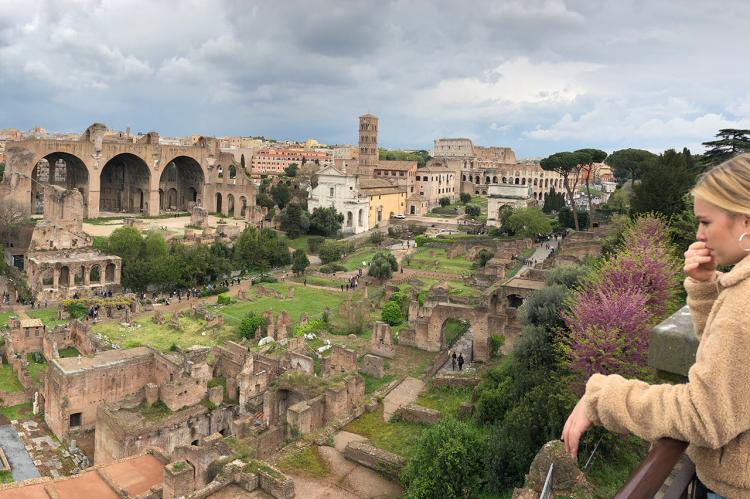
On Palatine Hill, where Rome was founded, the kids took a two-hour gladiator training session at Scuola Gladiatori, run by an organization of historic re-enactors called Gruppo Storico Romano, who taught them fighting maneuvers and a bit of the history of ancient Rome, its famous fighters, and the bloody battles they fought.
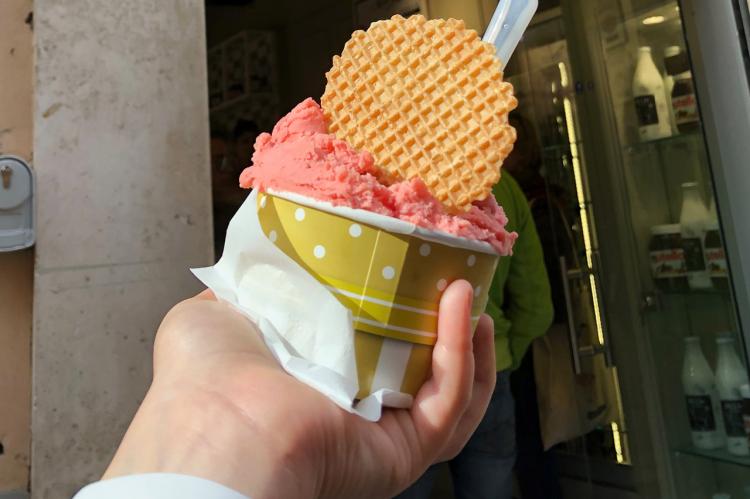
The drive south to Amalfi was a welcome three hours of rest for my tired gladiators, who squabbled in the back seat until we hit the switchback road that took us over the Lattari Mountains to the awe-inspiring views of the Tyrrhenian Sea. “Mountains!” they screamed in excitement, having rarely spent any time above sea level. And here were mountains and sea both, dramatic cliffs tumbling toward cerulean waters, medieval towns perched almost impossibly on the precipices between the two, death-defying narrow roads snaking along the edge of the cliffs.

During five days on the Amalfi Coast, we walked and walked, sometimes not quite knowing where we were going. On a short stroll to the next town on the coast, Atrani, we ended up on an hours-long journey ll the way up, up, up to the town of Ravello, high above the sea, and then back down again to the short beach at Minori. There were staircases past hillside houses, narrow stone pathways through lemon groves, and more and more and more stairs. What a rush to arrive at your destination at last, weary-legged but all on your own steam.
We took a day trip to Mount Vesuvius — look kids, a volcano! — and the impressive ruins of Pompeii, buried by ash and pumice when Vesuvius disastrously erupted in 79 A.D. The magnitude of debris that rained down after the eruption was brought into focus for me by this fact: 4,206-foot Vesuvius was more than twice as tall before that eruption.
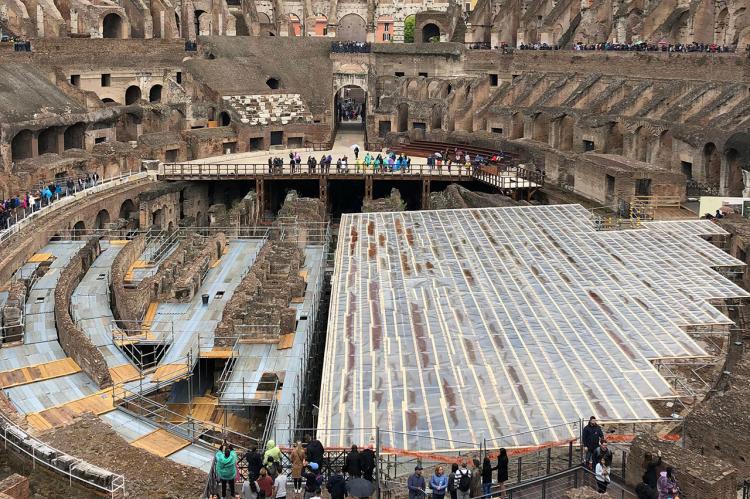
Another day we left Amalfi early to hike the Path of the Gods, a five-mile trail through scenery so breathtaking you feel like you might just be looking down on it from the heavens. We passed through woods and more lemon groves, steep pastureland, and terraced hillside fields, all plunging seaward, the nearest road thousands of feet below. The cousins ran ahead nimbly, making a game of “taking the hard way” whenever the option presented itself.
The path ends outside of the lovely and much-photographed Positano, larger and trendier than Amalfi and a key port for ferries to destinations all along the Sorrentine Peninsula. Given the serpentine roads, we opted to ferry back to Amalfi, where, after a celebratory gelato, the kids ended the day in the pool at our holiday apartments.
(Favorite gelato: Bar Royal, just off the Piazza Duoma, for fig laced with a rich dried-fig syrup. To die for!)
Next, we traveled southeast to sand-toned Matera in Basilicata. It seemed bland at first after the riot of Amalfi’s brightly colored buildings and the mesmerizing constant of the blue sea. Turns out Matera might be the most interesting Italian city you’ve never heard of.
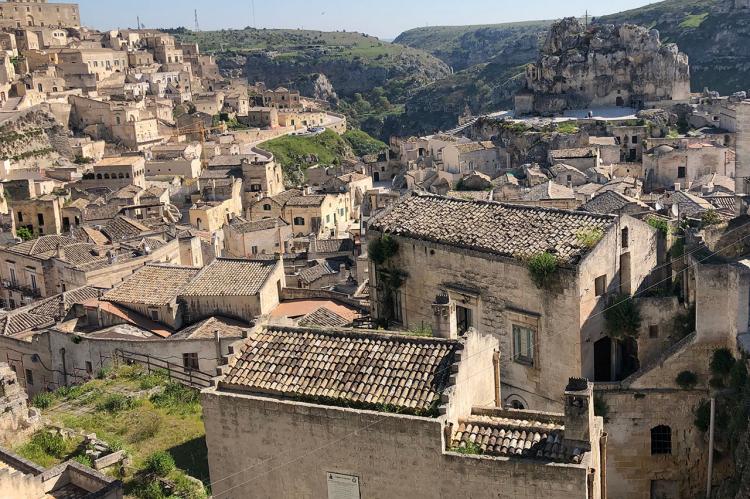
This UNESCO World Heritage Site is one of the oldest continuously inhabited settlements in the world — dating back 9,000 years or more — and features an ancient complex of churches, dwellings, and monasteries built into natural caves in the cliffs above a river gorge. The UNESCO website describes the area as “one of the most evocative landscapes of the Mediterranean,” and it does not disappoint.
In the 1950s, with disease rampant in houses shared by families and livestock, the then-squalid cave districts, or Sassi, were considered a national disgrace, and their inhabitants relocated. But in the 1980s, families and businesses returned, bringing the Sassi back to life and embracing what UNESCO recognizes as their “outstanding universal value.” Tourists followed. Now, the Sassi’s narrow cobblestone streets are home to restaurants, shops, artisanal gelaterias, B-and-Bs, and boutique hotels.
On the lively pedestrian streets that marked the boundary between the ancient and the Baroque, crowds gathered around musicians and break dancers, and for evening strolls. There were two Michelin-starred restaurants within blocks of our apartment, tempting cafes, galleries, small art, archaeology, and history museums, and Dali sculptures scattered throughout the city.
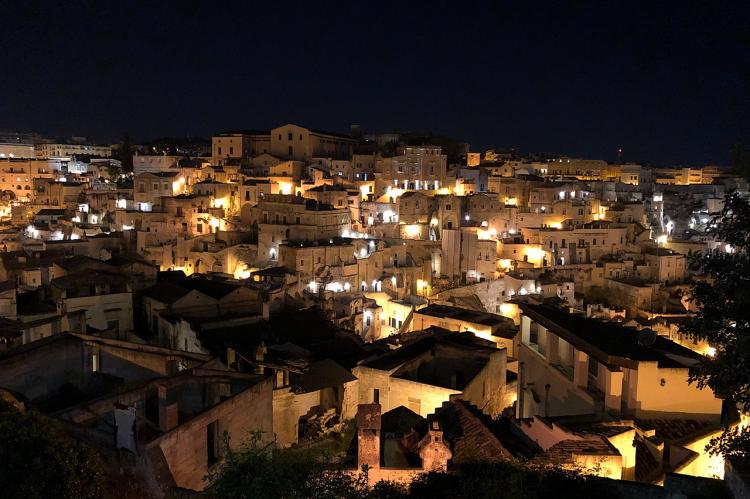
On Easter, while wandering the streets in search of lunch, we happened upon Agriristories, a swank cave restaurant where well-informed servers presided over 10-Euro guided tasting menus of locally produced treats from nearby farms.
Our Airbnb was in the Sassi and had a terrace that looked out over the fascinating jumble of cave structures on our side of the ravine and across to long-abandoned caves in a park on the opposite side.
As for gelato, we returned three times in three days to Gustevole, where the fresh fig and the candied ginger and probably every other flavor I didn’t try were out of this world.
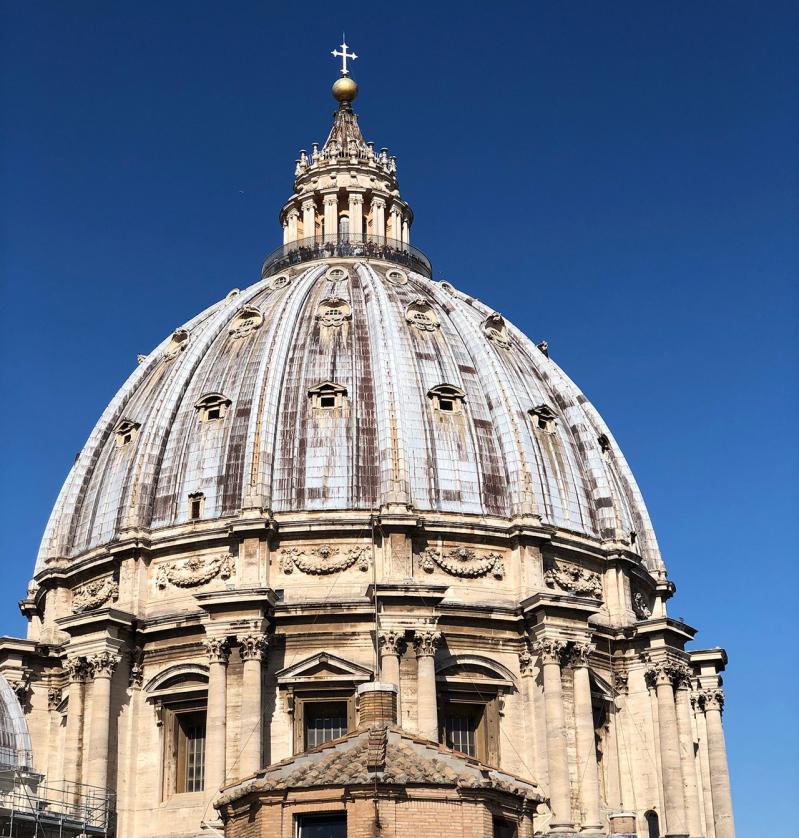
Before leaving Italy, we had three more nights to savor Rome with no sites or tours booked, no restaurant reservations, only a short wish-list: the Campo de’ Fiori Market, the Pantheon area for dinner and gelato, the Colosseum and Roman Forum, this time for the views from the outside, the Jewish Ghetto and Trastevere, and the Borghese Gardens.
The Eternal City may be stuffed with classical treasures, but it also has plenty to intrigue kids, who can be motivated by the promise that around any corner might be the best gelato yet.

